


Product detailed description
Russian-Japanese military sword Murato Kyu-Gunto
The first standard sword of the Japanese army was known as the kyu gunto (旧軍刀, old military sword). Murata Tsuneyoshi (1838-1921), a Japanese general who had previously manufactured weapons, began producing what is believed to be the first mass-produced replacement for the traditional samurai sword. These swords are referred to as "Murata-to" and were used in both the Sino-Japanese War (1894-1895) and the Russo-Japanese War (1904-1905).
The Kyu gunto was used from 1875 to 1934, very similar to European and American swords of the time, with a wraparound hand guard (also known as a D-Guard) and a chrome scabbard (saya), a steel scabbard was reportedly introduced around 1900. The Kyu gunto was an exceptional weapon. Its blade sometimes exceeded the 90cm mark and thus had a long range and considerable weight. The sabre thus had great cutting power, sufficient for breaking bones or cutting off limbs in one slash.
Kyu-gunto swords, also called Russo-Japanese swords, were used by army, cavalry and naval officers during the Russo-Japanese War and World War II. This style of assembly was used from 1883 to 1945. As with the shin-gunto, there is a great variety in the quality of the blades, both traditional and machine-made, and the mountings. The scabbards of kyu-gunto swords have many variations, including chrome-plated metal, lacquered wood or leather-covered wood with brass handles. A scabbard of any style can have a leather cover. Swords with an extended hilt and a mekugi (a pin to hold the blade in the hilt) probably have hand-forged blades, while swords without a mekugi are usually machine-made
This copy of a Japanese sword is an example with a hand-forged blade and a mekugi (a pin to hold the blade in the hilt).
Additional parameters
| Weight: | 1.1 kg |
|---|---|
| steel - blade material: | T-10 Hi-carbon steel |
| Hamon: | Yes |
| blade length (mm): | 675 mm |
| total lenght: | 935 mm |
| blade thickness (mm): | 6 mm |
| manufacturing: | China |
| The item has been sold out… | |

_-_edited.png)

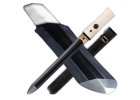
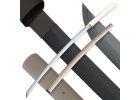
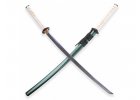
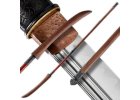

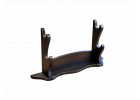
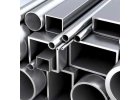

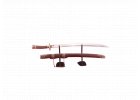


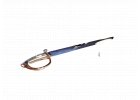

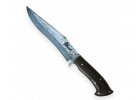
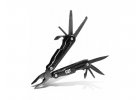
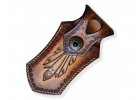
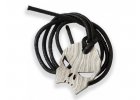
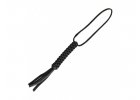
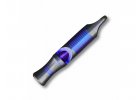
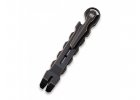
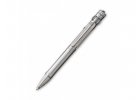
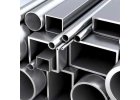

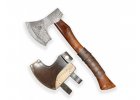
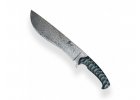

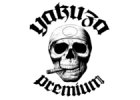
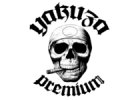
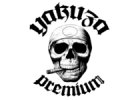
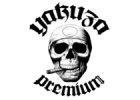
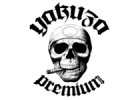
Be the first who will post an article to this item!
Only registered users can submit posts. Please log in or sign up.